Intensive Nepali and Tibetan Language and Community-Engaged Learning Program
Program Overview
Wondering what it’s like to partake in our immersive, community-engaged courses? Take a look at the daily schedule for the Nepali and Tibetan sections below!
Nepali Week 1 Tibetan Week 1
Nepali Week 2 Tibetan Week 2
Daily Schedule (May 2017)

NEPALI WEEK 1
Monday-Thursday: Classes from 9:00-12:15pm, taught by Mr. Binod Shrestha.
The language classes emphasize building oral speaking skills and relevant vocabulary, in order to create a foundation for the immersive structure of the second week. In addition, students began to learn the Nepali script, as well as basic grammar and sentence structures.
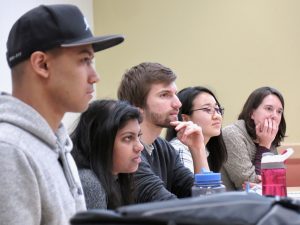 |
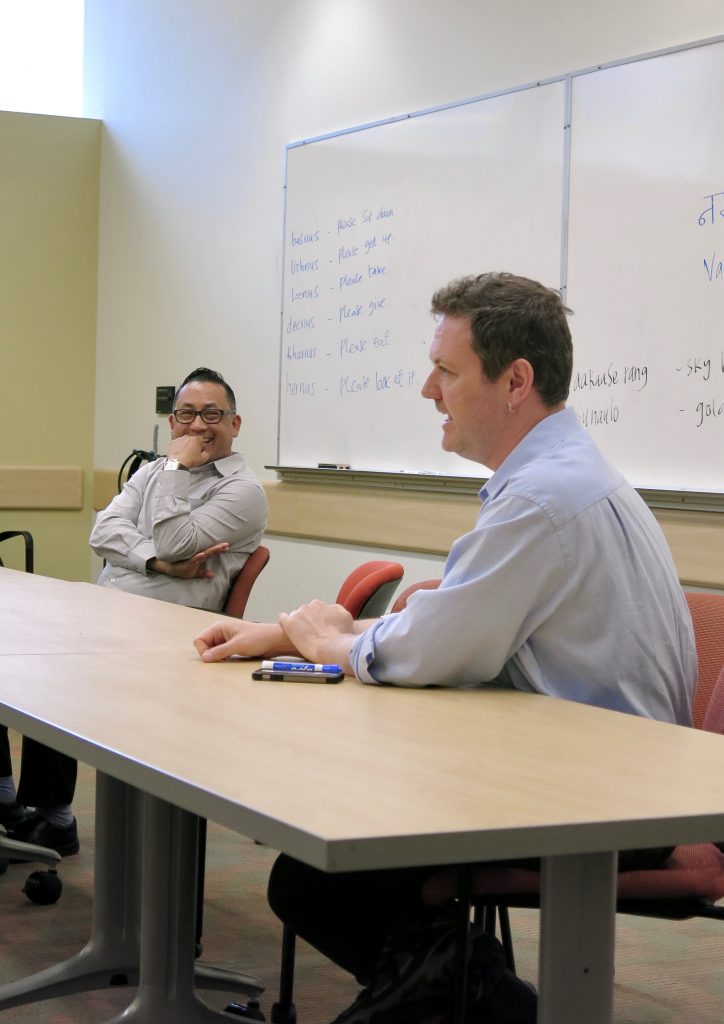 |

NEPALI WEEK 2
The second part of these courses took place off-campus at sites whose diversity mirrored the interdisciplinary nature of the course. Students in the Nepali section had lunch at the Spice of Nepal restaurant, visited Thrangu Monastery, had dinner with a Nepali host family, and visited Jackets for Jasper, a Nepal-focused charity organization.
Day 1: Nepali Lunch at the Spice of Nepal
On the first day of the program, students learning Nepali had lunch at the Spice of Nepal, a local favourite for Nepali food. Students practiced culinary-based vocabulary with the owner of the restaurant while enjoying delicious Nepali food.
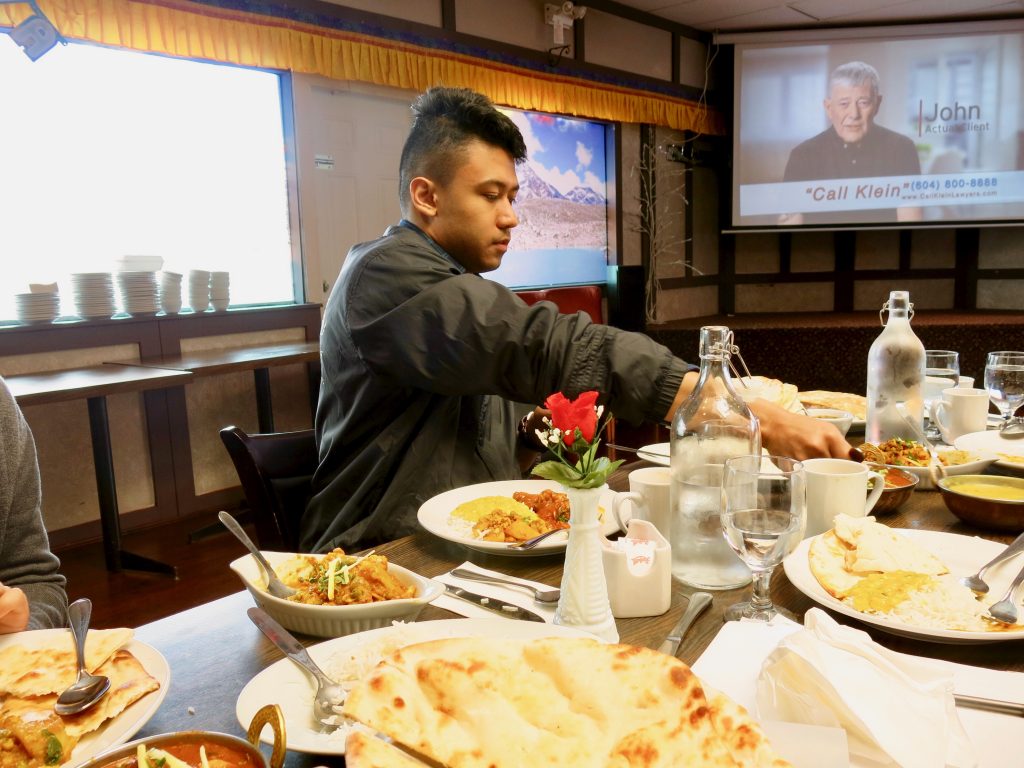 |
 |
“The windows in the restaurant had these beautiful portraits of the Himalaya mountains plastered on them, which made it really feel like we were in Nepal. Binodji asked us to name objects on the table in Nepali, and also the food which we ate. We were first offered tea (chiyya), and then we had momo as an appetizer. Then, we had dhal bhaat (lentils and rice), flat bread, chicken, aloo kauli (potato and cauliflower), and ras malai for dessert. All the food was delicious, and we ate everything which was served to us.”
Day 2: Visit to Thrangu Monastery
Students visited Thrangu Monastery in Richmond to learn about Buddhism and its relevance to the Himalayan Region. Students met with several Nepali-speaking monks at the monastery to practice their conversational skills.
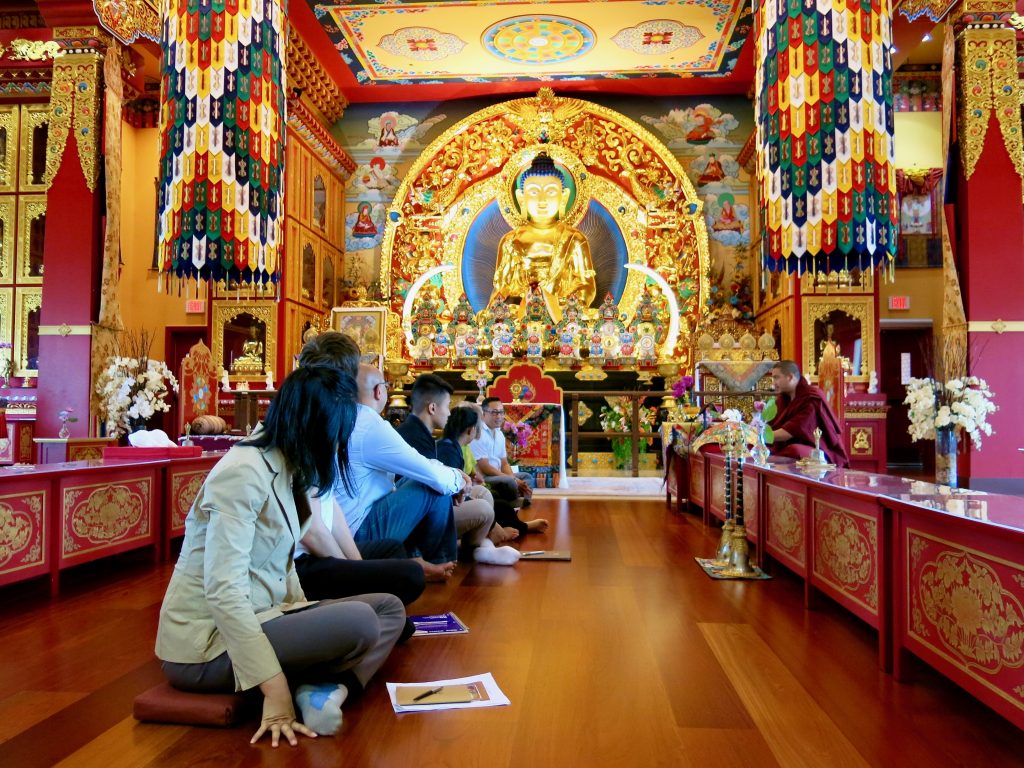 |
 |
“Later we spoke with three monks at a table and this was a very rewarding experience as we had to naturally use language, talking about our own interests, where we have been in Nepal, about our families and their families, about different languages. It really did feel like a ‘travel abroad’ experience.”
Day 3: Dinner with a Nepali Host Family
Nepali students visited host families around Greater Vancouver and enjoyed a home-cooked meal while practicing their spoken language skills and hearing stories from Nepal.
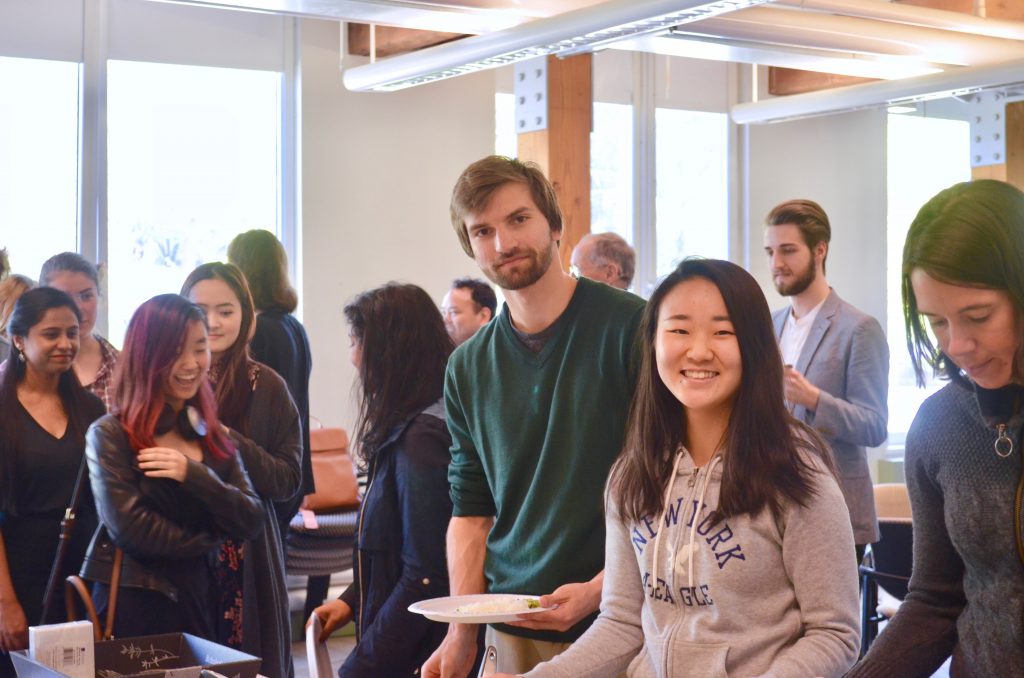 |
“It felt in many ways very much like I was in a home in Nepal.”
“I am so thankful I got to know such a great Nepali family who live so close to me, but I never would have met otherwise.”
Day 4: Visit to a Charity Organization (Jackets for Jasper)
Nepali students visited Jackets for Jasper, a Nepal-based charity organization that donates profits from their clothing sales to contribute to the rebuilding and relief efforts in post-earthquake Nepal. Students had the chance to learn about the story of the organization — and perhaps, to dream of ways that they may become involved with similar lines of work.
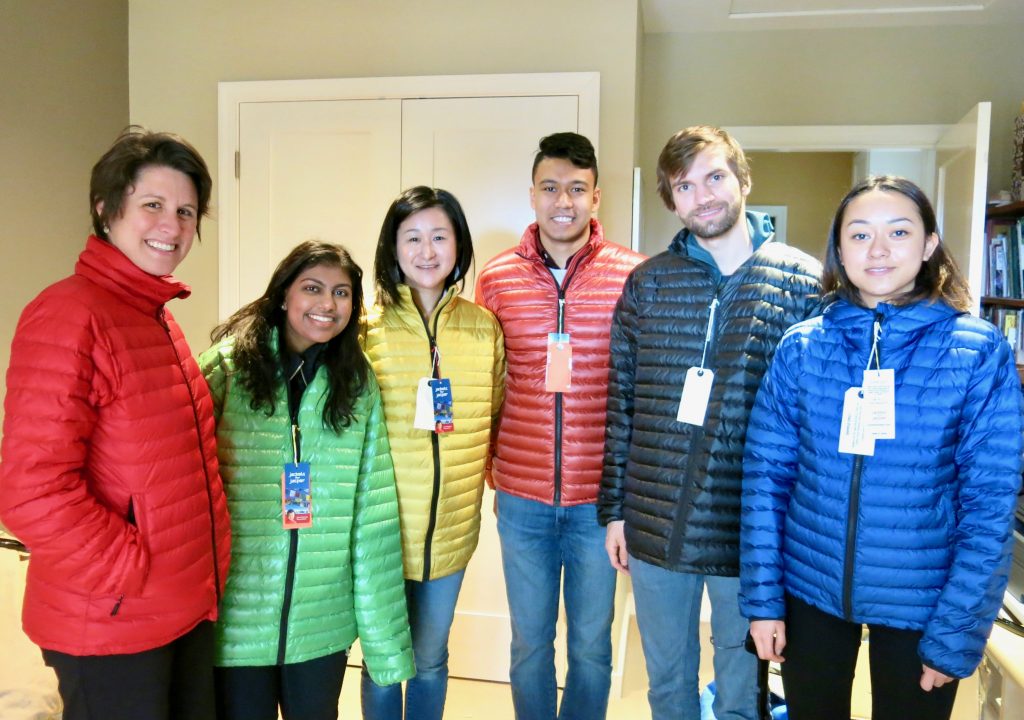 |
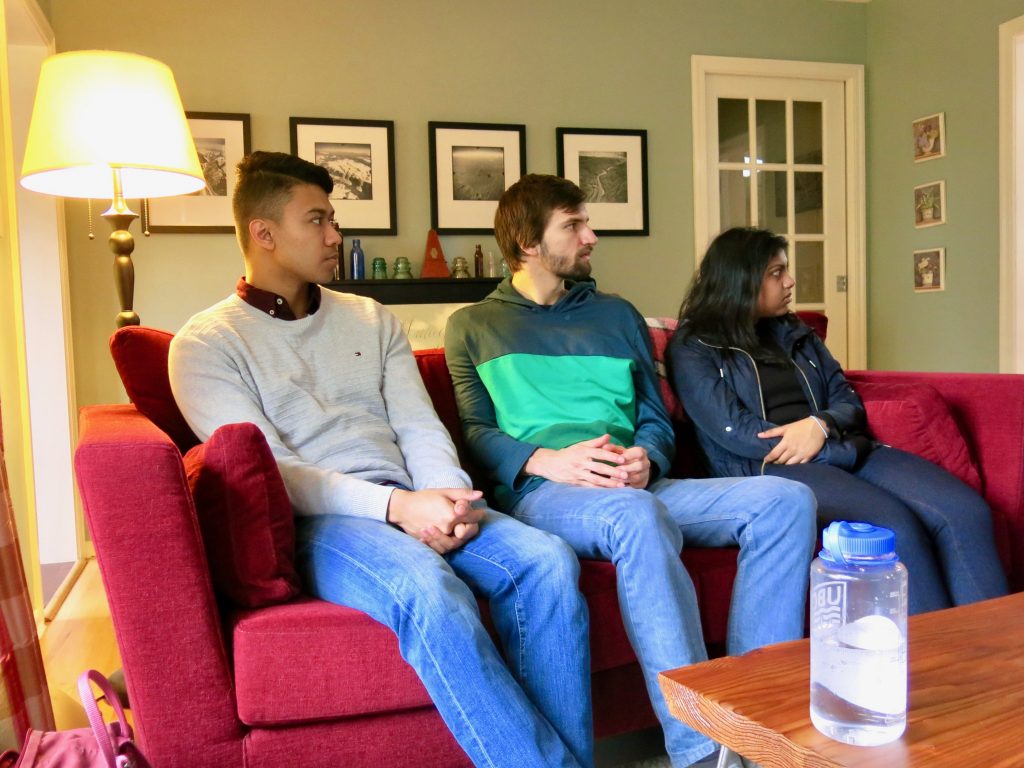 |
“…I learned so much about the running of such a charity/business which I did not know, as well as the effects that one can have on various people (Jackets for Jasper has allowed Liz and Leonard to pay for private schooling for three children, for relief materials such as roofing and blankets, and to provide employment for at least a handful of people).”
TIBETAN WEEK 1
Monday-Thursday: Classes from 9:00-12:15PM, taught by Mr. Sonam Chusang.
The language classes emphasize building oral speaking skills and relevant vocabulary, in order to create a foundation for the immersive structure of the second week. In addition, students began to learn the Nepali script, as well as basic grammar and sentence structures.
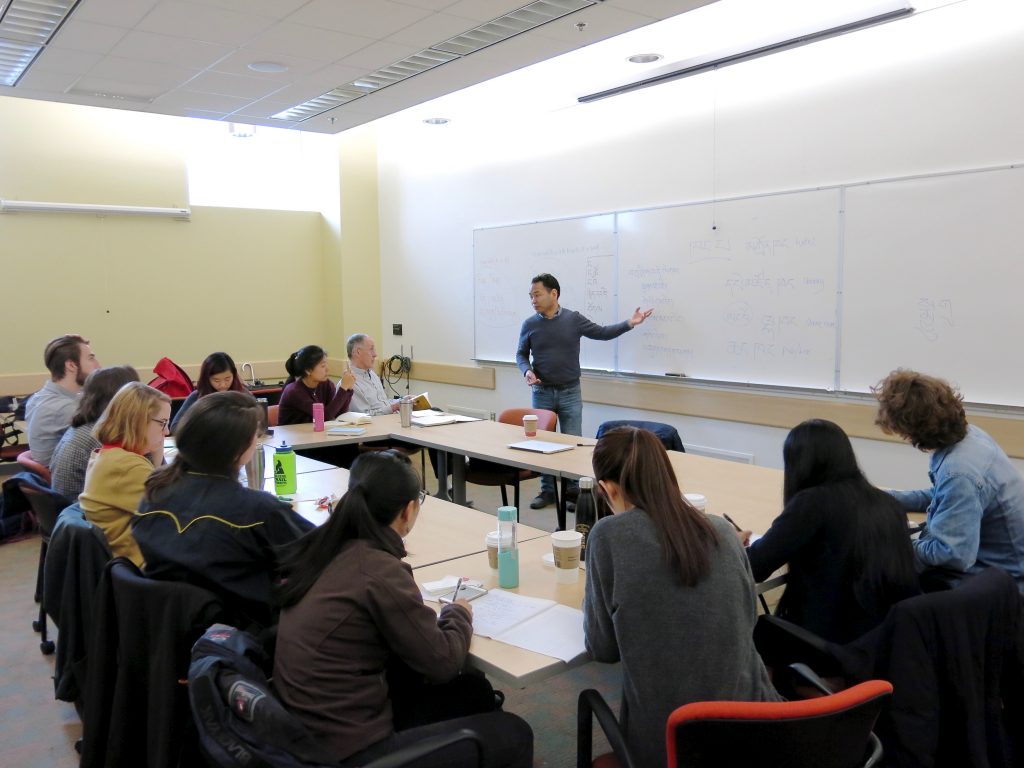 |
 |
TIBETAN WEEK 2
During this week, students in the Tibetan section met with an artist from the Vancouver Tibetan community, visited Tsengdok Monastery, ate dinner with a Tibetan host family, and visited the Tibetan Transition House which was built to house new Tibetan refugees during their first three months in Canada.
Day 1: Meeting with Influential Members of the Community
For students learning Tibetan, the first day of the community-engaged language-learning program brought them to the personal studio of Kalsang Dawa, a Tibetan artist trained by three of Lhasa’s most prominent masters of traditional thangka painting, and who now pushes the boundaries of traditional art with an evolving personal style. Students also had the chance to meet with Elizabeth Napper, co-director of the Tibetan Nuns Project, and Jeffrey Hopkins, who served as H.H. the Dalai Lama’s interpreter into English for 10 years.
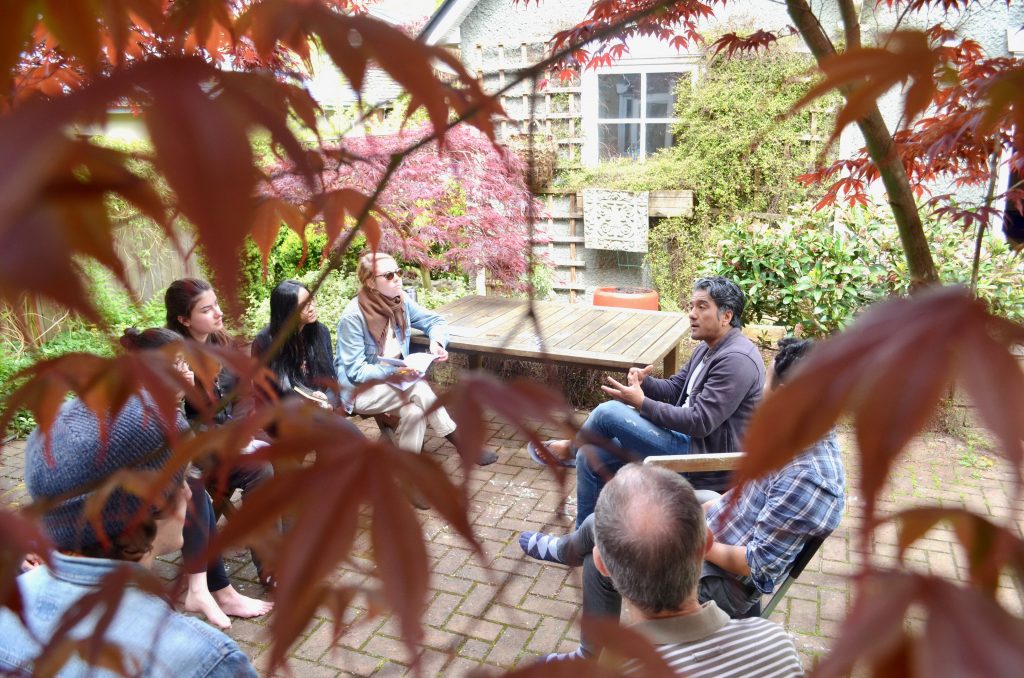 |
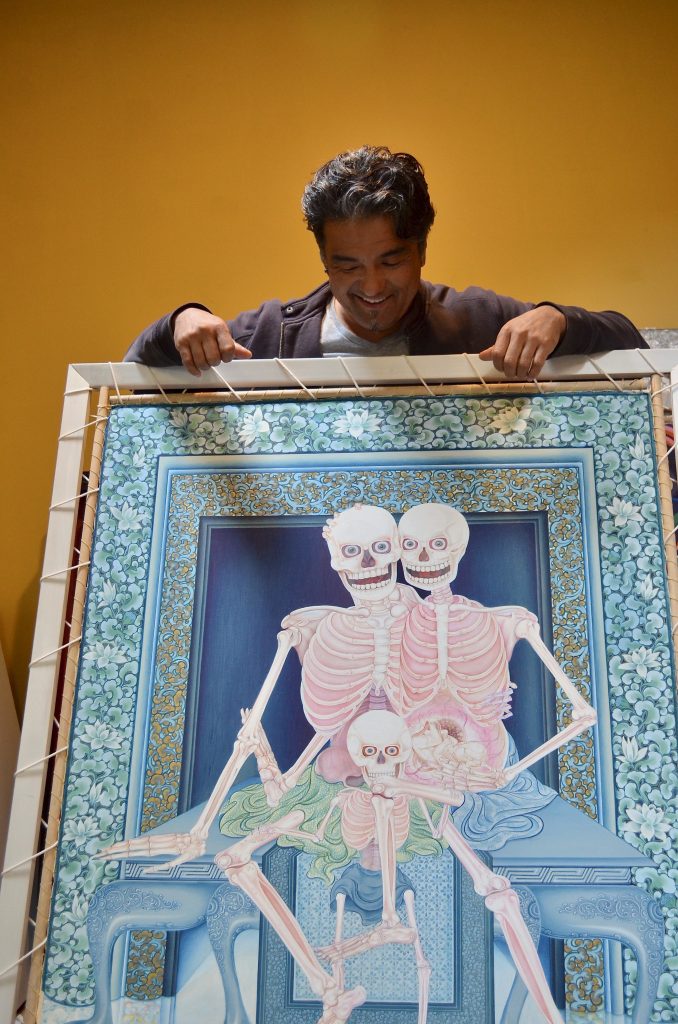 |
“I really enjoyed looking at (Kalsang Dawa’s) paints in the light to see the way they shimmered, being made of ground of stones and metals. I had never seen Thangka paintings in real life, so it was fantastic to have had that experience.”
Day 2: Visit to Tsengdok Monastery
Students visited Tsengdok Monastery in Vancouver, where they met Tsengdok Rinpoche and practiced their Tibetan in conservation with him. Additionally, students had the chance to take part in a prayer ceremony, afterwards joining the kitchen in hand-making momos, a delicious variety of dumplings that is enjoyed throughout many places in the Himalayan region.
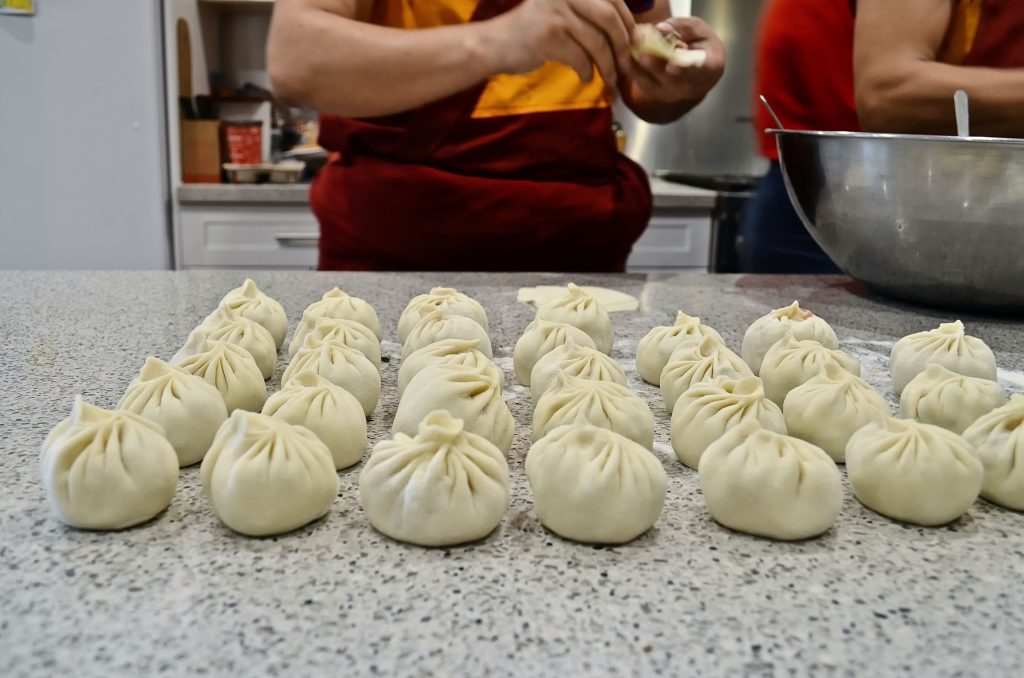 |
 |
“This was a very meaningful day for me… to be able to spend a full day at a monastery, do a puja, make (and eat) momos and chat with other Buddhist practitioners as part of a class was almost too wonderful to describe!”
Day 3: Visit to a Tibetan Transition House
Students visited one of the Tibetan Transition Houses in Burnaby, BC. Students met with representatives from the Tibetan Cultural Society of British Columbia (Tibetan Cultural Society of BC, TCSBC) who discussed their involvement in the government-mandated project of bringing 1,000 Tibetan refugees from Arunachal Pradesh, India, to resettle in various cities across Canada. Students drank traditional-style butter tea, met recent refugees and practiced their Tibetan conversational skills together, participating in an informal Tibetan-English language exchange.
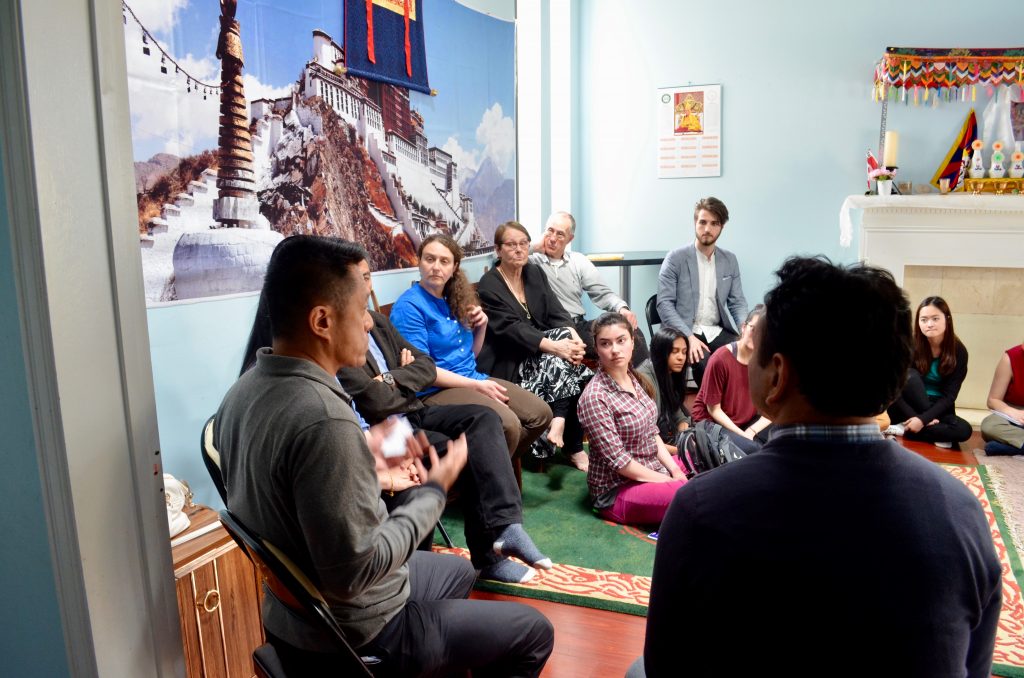 |
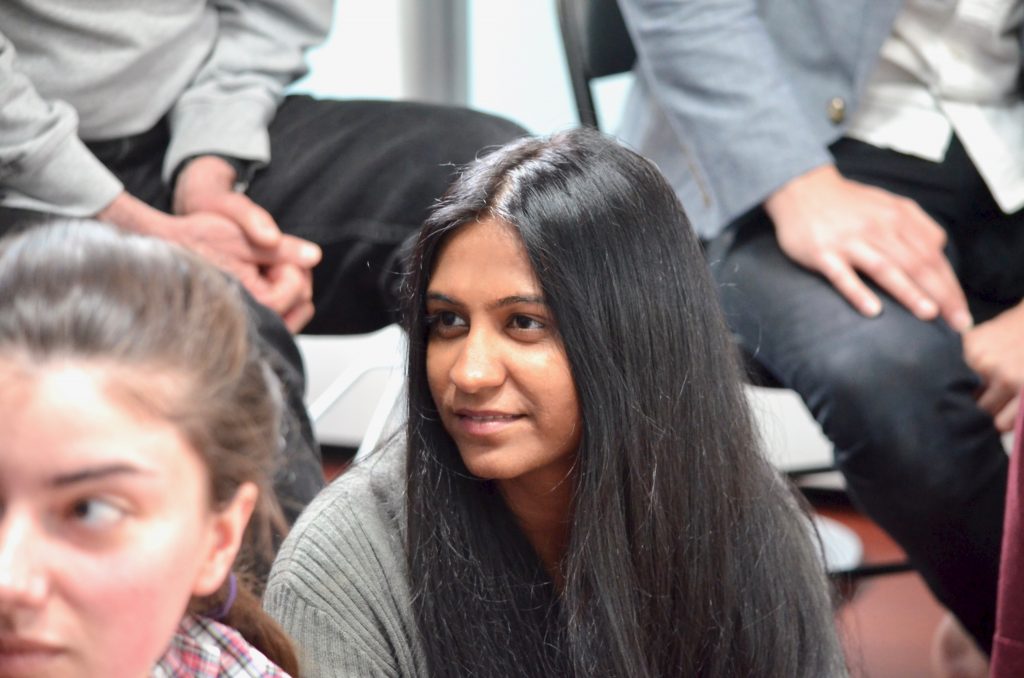 |
“The Tibetans asked me where I had learnt my English from, my Tibetan classmates asked me where I learnt my Hindi from. I hope one day someone asks me where I learnt my Tibetan from!”
Day 3: Dinner with a Tibetan Host Family
On the final day of the Tibetan program, students met with Tibetan host families for lunch or dinner, learning the names of many ingredients involved in making their Tibetan meal, and sharing stories with their hosts.
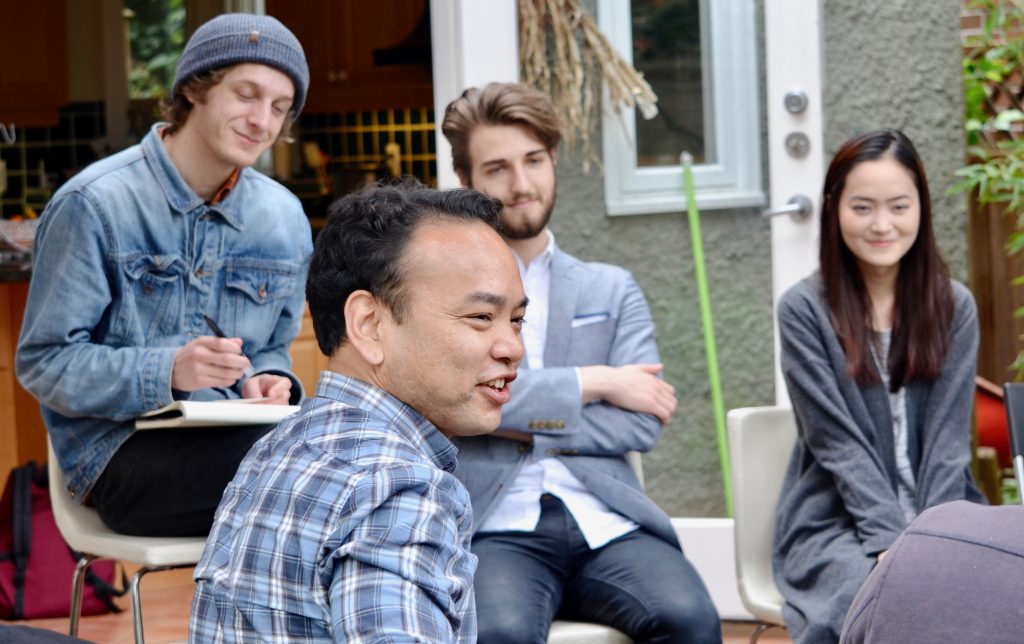 |
“We did our introductions in Tibetan and I got to ask a few questions in Tibetan over the course of the night: whether they eat meat… where (they) did (their) undergraduate degree… how often they eat momos… their favourite city out of the places they have lived, and the name of a delicious vegetable in one of the dishes.”
To receive up-to-date information about our courses and programs, please sign up for our mailing list.
These courses are supported by the Faculty of Arts Dean’s Office through a Teaching and Learning Enhancement Fund grant, and a grant from the Centre for Community Engaged Learning.
